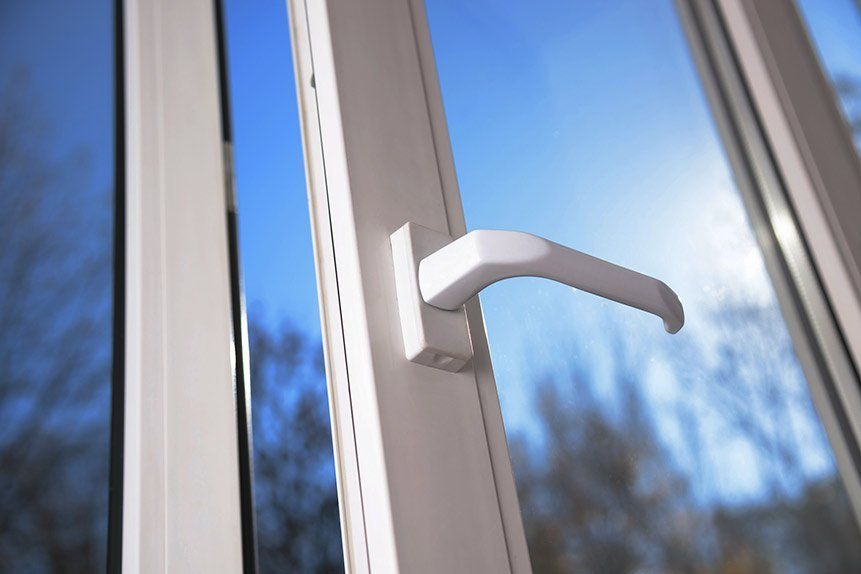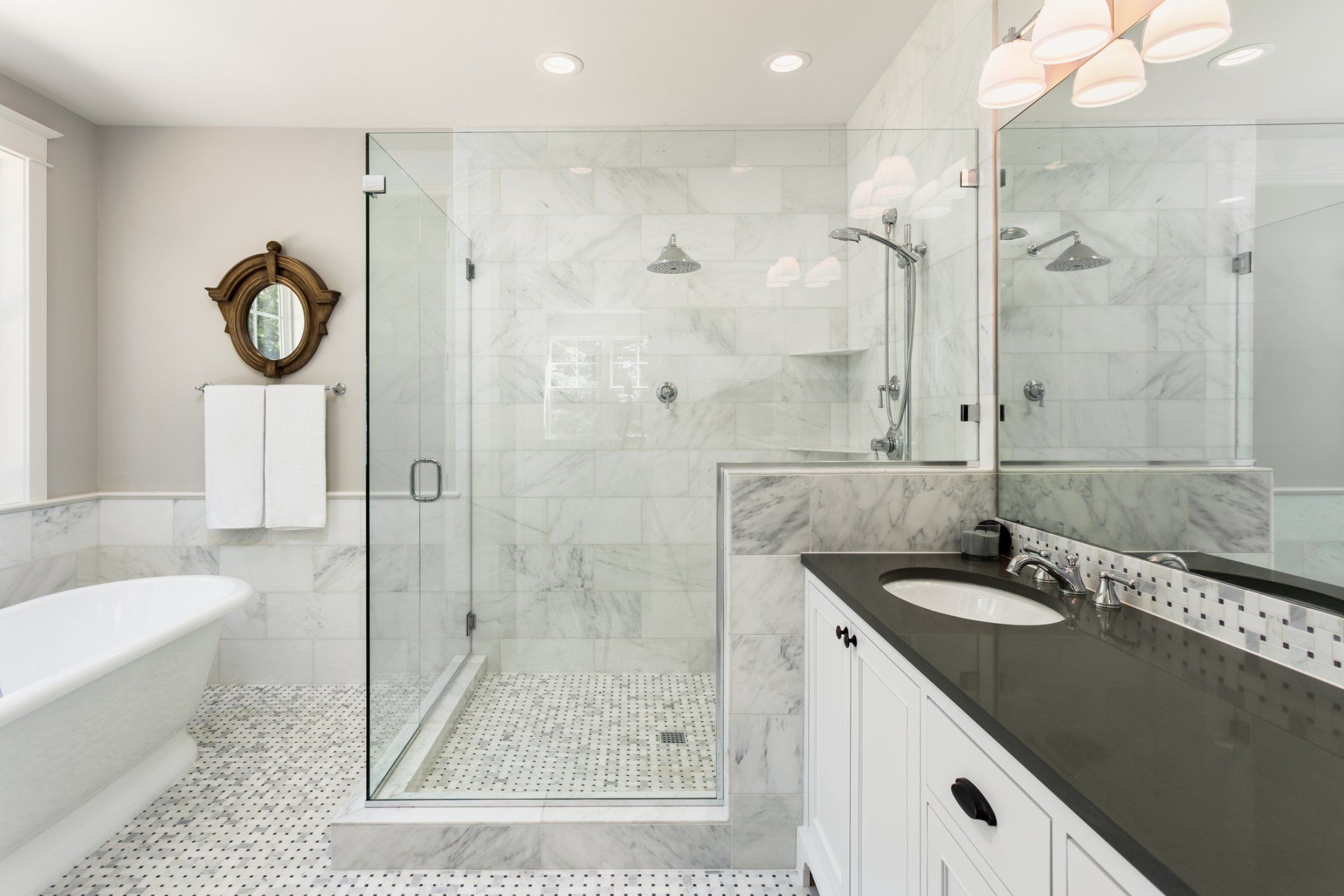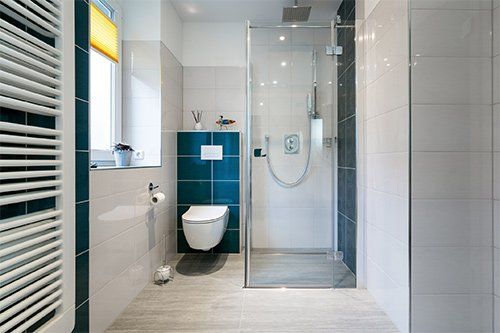Leaking Windows: Causes, Effects, and Solutions
Leaking windows are one of the most common issues with houses. While leaking windows are more common in older homes, even new houses aren't immune. While windows can leak both air and water, the more obvious leak comes from water. Leaky windows can result in condensation, rivulets, or pools of water.
Discover what the window leak is trying to tell you and how you can best solve the problem.
Causes of Leaking Windows
The appearance of condensation can indicate different problems depending on the location. If there's just a little condensation at the bottom of the window, you simply have some humidity buildup in your home.
However, if you see condensation in the middle of the pane, this could indicate the gas in your multipaned window is leaking. The gas is inert and harmless, but such a leak does make your window's insulation less effective. If the condensation is between the panes of glass, you likely have a failed seal between the two.
What about if you see more than condensation? If you see water leaking around the window, that's a sign that the window is not shut tight. Locking the window may be enough to solve the problem. However, the seals around your glass can also be failing. When there's heavy rain, you may see some water in the window tracks, but that's probably not an indicator of a big issue.
Water leaking near the top of a window should be a red flag. That leak can be an indicator of a bigger issue than just failing seals. Water may be running down behind the siding and making its way inside the house. This leak may be caused by an improperly installed house wrap or flashing.
Effects of Leaking Windows
Naturally, extra water getting into your home is not a good thing. The first negative effect of leaking windows is the condensation on the glass and even pools of water.
If the moisture sticks around and there's a little warmth, mold can start to grow. Mold may appear as a discoloration on the surface of the window or surrounding structures. If the leak is significant enough, mold may even start growing in the wall cavities. Such mold can present health issues.
Excess moisture can also damage the structures around the windows, especially if they're wooden. This presents as a buckling or warping. You may also notice paint starting to bubble and peel.
Solutions to Leaking Windows
When the cause of leaking windows is failing seals, that's a relatively easy fix. You can have the seals replaced - consider a gasket-style seal because it's especially efficient. You may also be able to use caulk to seal up any gaps around the window structure.
If the condensation is a result of leaking gas or failed seals within the window construction, you're probably going to need new windows. Sometimes you can have windows repaired, but repairs are often costly. It's often more cost-efficient to just replace the entire window. In this case, you can also upgrade to more energy-efficient windows.
If you see water leaking from the top of the window, you may be in for a bigger repair. Since fixing or even replacing the window isn't going to solve the underlying issue, you'll need an expert contractor to examine the flashing and house wrap. If one of those is causing the leak, then that will need to be repaired.
Leaking windows can cause warping and mold over time. If your window has been leaking for a while, consider having the structure around the window inspected for damage, especially if you suspect mold got into your walls.
Don't put up with leaky windows - ignoring the problem can lead to more expense later. Consult with the glass experts at Nor Sac Glass Company for more help with your leaking windows.









